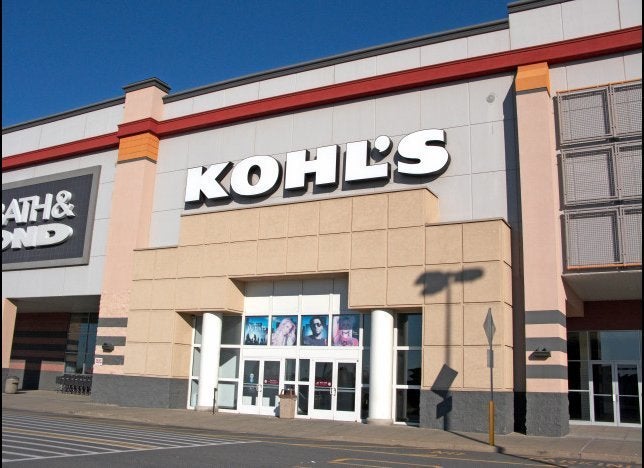
A recent study attributes the emergence of a black-white education gap in the mid-1980s to a rise in crack cocaine markets.
The authors — William N. Evans of Notre Dame, Craig Garthwaite of Northwestern and Timothy J. Moore of George Washington University — note that the differences in high school graduation rates and standardized test scores of white and black students narrowed between the mid-1960s and the late 1980s, as the educational outcomes of black students improved significantly.
A number of hypotheses have been proposed to explain the convergence in black-white educational outcomes between the 1960s and the mid-1980s, including improved parental education, reduced segregation and increases in school spending. However, it is not clear why this educational progress stopped around 1990.
According to the report, black graduation rates declined by 4.4 percentage points between 1986 and 2004. Blacks who turned 18 in 2004 boasted a graduation rate similar to that of their peers in 1972. The decline was driven primarily by males. And even though the black male high school graduation rate has improved in recent years, the figures still lag behind those for their white counterparts. A September report showed that 52 percent of black males who entered the ninth grade in the 2006-07 academic year graduated in four years -- compared with 78 percent of white, non-Latino males and 58 percent of Latino males. The black male graduation rate was 47 percent in 2008.
The cocaine study’s authors argue that the stalled progress in black education outcomes can be attributed to the widespread emergence of crack cocaine markets. The drug first appeared in Miami, New York and Los Angeles around 1982 and then spread to cities nationwide over the next decade. Two years after crack’s arrival, the graduation rate for 18-year-old males began to decrease.
Competition among drug suppliers resulted in violence and incarceration, with the authors stating, “we hypothesize that decreased life expectancy, increased likelihood of imprisonment and new source of informal earnings lowered individuals’ expected returns to human capital and subsequent investment in education.”
Changes in violence and incarceration were significant enough to alter young black males’ expectations about their future, according to the report. Ethnographic accounts and surveys suggest school-age children were aware of such risks, as children witnessed shootings and murders. Many carried guns, uncertain of their life expectancy and accepting that they could die violently at any time.
The report claims that the arrival of crack cocaine is “strongly predictive” of increases in young black males’ murder rates and decreases in their high school graduation rates. Crack markets had three primary impacts on young black males: an increased probability of being murdered, an increased risk of incarceration and a potential source of income outside of the formal employment sector — all of which limited the benefits of education.
From 1970 to 1985, the percentage of black males who earned a high school degree increased by an average of 0.4 percentage points per year. At this pace, their high school attainment rate would have roughly matched that of their white male counterparts by 1996. And the achievement gap between white and black students have yet to show major improvement. A report out of Chicago last year revealed that the rift between the two has widened over the last 20 years of school reform in the city as test scores failed to show signs of an upward trend.
According to the authors, their results show that the introduction of crack cocaine reversed this progress, and that responses to changing murder and prison intake rates reduced the percentage of black males with a high school degree by 3.5 percentage points. Over the period of greatest graduation rate decline — 1986 to 1996 — there was a 4.8 percentage point decrease in the percentage of black males with a degree. The study estimates that crack markets account for between 40 and 73 percent of the drop in black male high school graduation rates.
